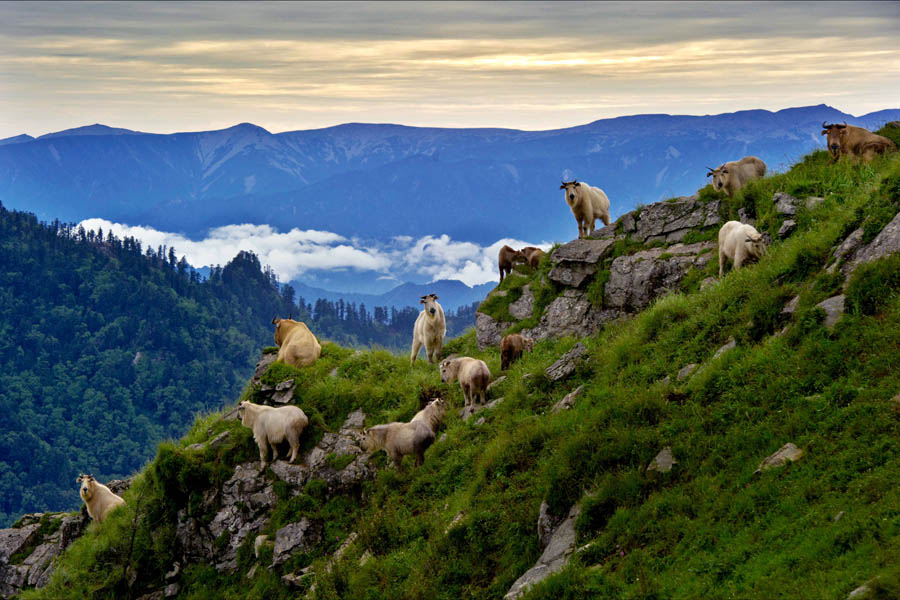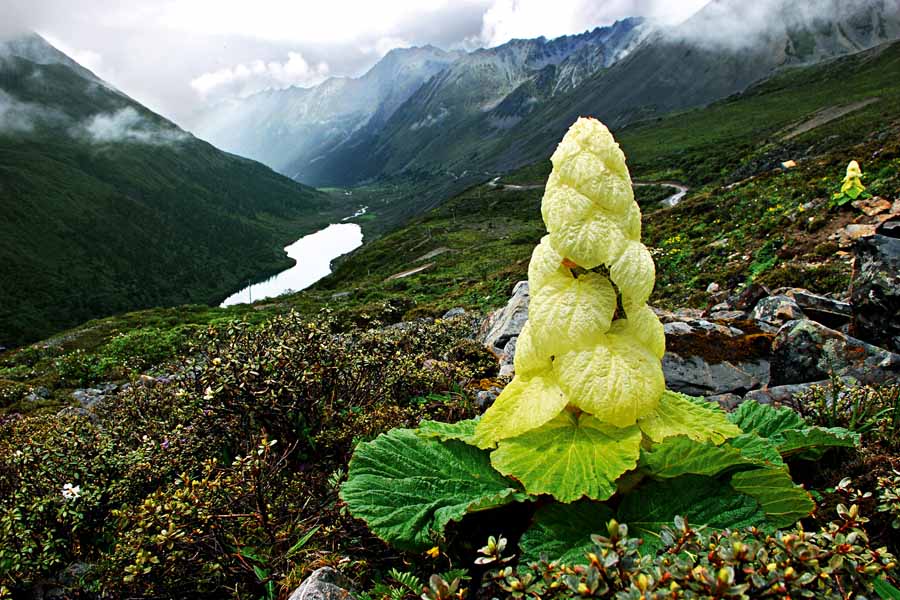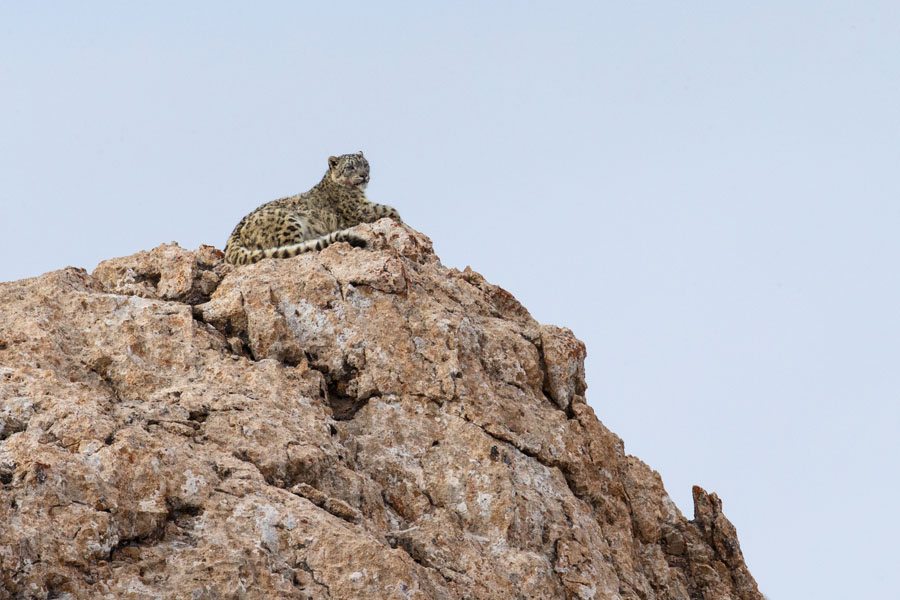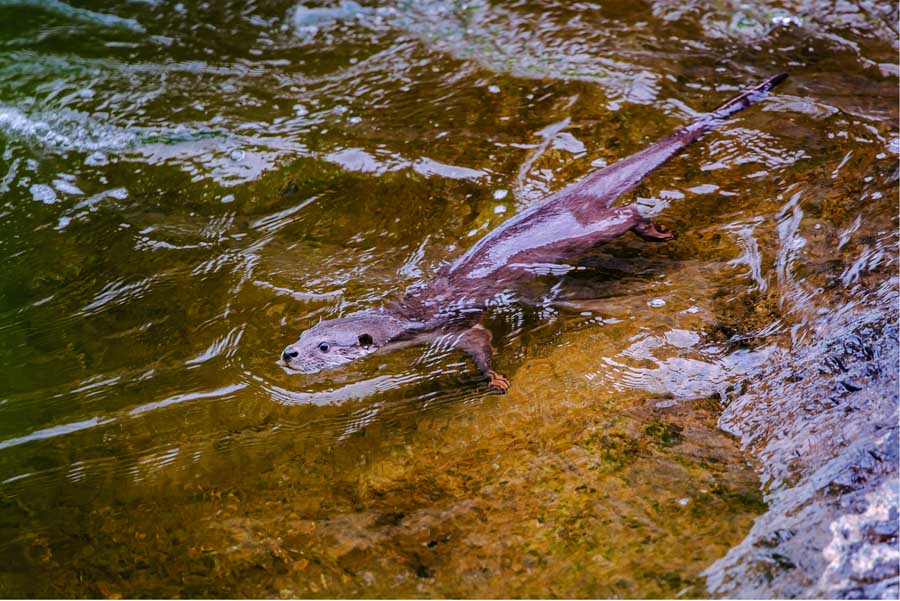Wild Art


On June 6, 2016, at the Eighth Round of U.S.-China Strategic and Economic Dialogues (S&ED), the two countries discussed methods to combat wildlife trafficking and reached several agreements. Afterwards, Judith Gabriel, U.S. assistant secretary of state, and Chen Fengxue, vice president of China's State Forestry Administration, joined their respective delegations in attending the Art of Wildlife, a touring photography exhibition featuring depictions of China's wildlife as well as victories in the country's fight against illegal wildlife trade.

The exhibition showcased rare animals and natural landscapes unique to China, its rich biological diversity and the protection efforts of the country.

"Wildlife is a crucial piece of nature," remarked Chen Fengxue in a speech at the opening ceremony of the event. "Wildlife protection is important for global ecological security, sustainable economic development, technological innovation and cultural inheritance. Protecting wild animals and plants is a common mission for all human beings."
In 1950, China issued Rare Wildlife Protection Regulation, which has been updated many times. A management system and enforcement teams were established. After years of efforts, many nature reserves have been established to save endangered species. Wildlife protection education campaigns have been carried out to raise public awareness. By the end of 2014, China had designated 2,729 reserves accounting for 14.8 percent of the nation's total land area. About 90 percent of terrestrial ecosystem varieties, 65 percent of higher plant communities and 85 percent of wild animal species are under protection. Species such as the giant panda, crested ibis, Chinese alligator and sago cycas have rebounded from impending extinction as their habitats have been improved.

However, in some regions, illegal hunting and gathering still persists. And instances of wildlife trafficking still emerge occasionally. "Combating the illegal wildlife trade is a long and difficult task," sighed Chen. "It requires not only cohesive enforcement efforts from governments globally, but also the understanding, support and participation from people of all walks of life." The Chinese government has formulated extremely strict punishment for crimes related to animal trafficking and has carried out a series of special campaigns to fight it. China has also tremendously promoted international cooperation in fighting trafficking and helped Asian and African countries enhance their protection and enforcement capabilities. Working hand-in-hand with concerned countries and international organizations, China implemented the Cobra Act, which has played an important role in combating international wildlife trafficking.

Also on display at the exhibition were pictures of Chinese authorities confiscating illegally traded wild flora and fauna. The exhibition was shown at the China Millennium Monument for a week before moving to Beijing Zoo and then the National Zoological Museum of China.
